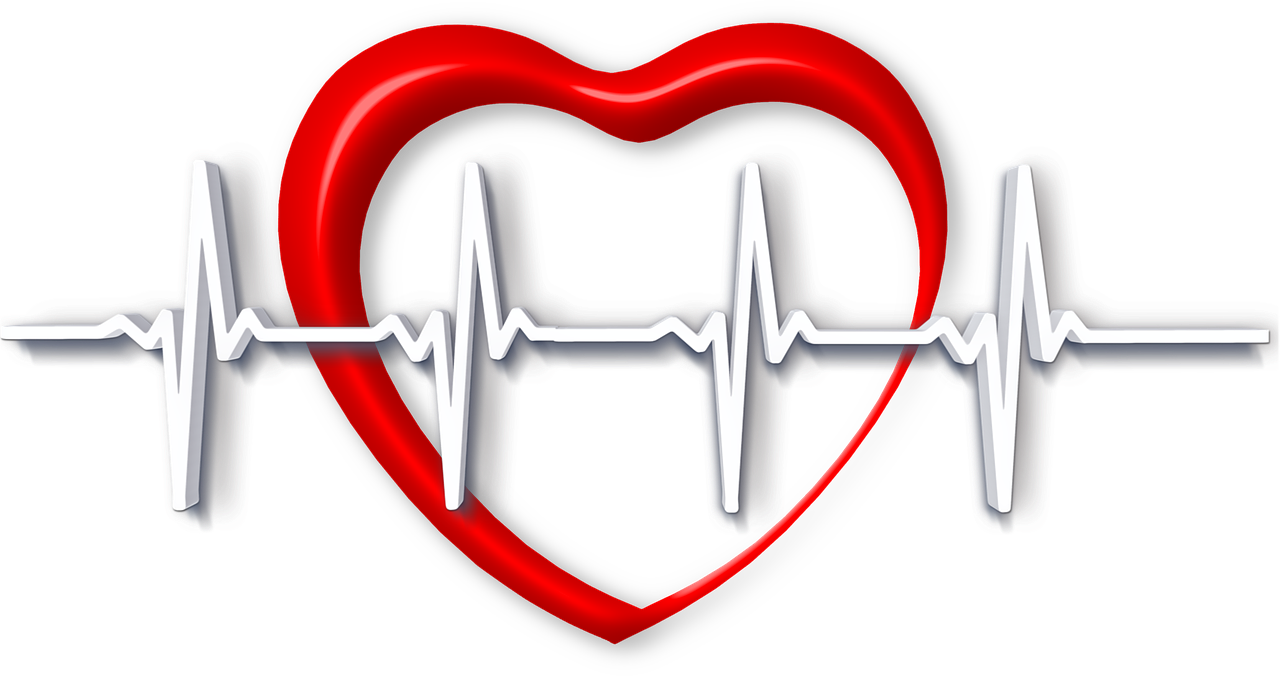
In 2013, after a freak virus wrecked the electrical system of my heart, I had a cardiac device implanted in my chest on Halloween. That device sends my heart a little micro-shock every heartbeat that keeps the two bottom lobes of my heart working together instead of working against each other, and should I ever go into what the doctors euphemistically call a “drop-dead rhythm,” it is poised to give me “the big shock.” Last year, the battery in that device was just about exhausted (although it’s in my office and it still beeps for 15 seconds every afternoon about 2:10), and I went in to have it replaced. I figured it would be a pretty easy procedure. The electro-physiologist would make an incision, pop out the old one, pop a new one onto the leads, and other than the healing of the incision, I’d feel the same as before.
Boy, was I ever wrong.
I felt like death for two weeks. Just horrible. No energy. Foggy thinking. Diminished appetite. I felt a lot like I did before I got the original implant.
After a week or so, I called the cardiologist’s office to ask what the problem was. The nurse said that anytime you take something out of the body or put something in, the body tends to get surly and react badly. Since I had had something both taken out and put in, I shouldn’t expect everything to be copacetic immediately.
At two weeks after the implantation procedure, still feeling wretched, I went in for a device check. I have those periodically. They link the implant to a computer and run the device through its paces to make sure everything is working correctly. Those checks usually take about 15 minutes.
Something was different this time around. Instead of one technician, there were two working on me. And instead of 15 minutes, this was going on forever. At 45 minutes, I called a time-out. “What is going on?” I asked. “This usually only takes 15 minutes.”
The tech responded, “Oh, you don’t know?”
“Know what?”
“We’re calibrating you. When the new device was put in, it’s just set to a general program designed to keep you alive, but it’s not calibrated to your heart’s specific needs. We’re programming it to work on your specific issues.”
“Uhhhh, don’t you think that might have been useful information to give me before I left the hospital?”
She went on: “That’s why we didn’t want you to drive until after today. In that general mode, it can misread you and give you a shock.”
“Again, did nobody think that I might have wanted to know that before I left the hospital?”
Well, they finally got me calibrated after a little more than an hour, and I walked out of the Heart Center feeling like a new man as the device and my heart were now working in glorious rhythm and harmony.
I was telling that story to someone the other day, and I began thinking about the difference between being alive and really living. When we receive Christ, we who were dead in our trespasses and sins are born again to new life in Him. We have passed from death to life, but are we really living?
God not only wants to bring us to life, He wants to take us through the process of calibrating our hearts to beat in time with His, to love what He loves, to hurt over what hurts Him, to be passionate about His passions. He wants to conform us more and more to the image of Christ. That calibration process is what the Bible calls “sanctification,” an ongoing process of becoming less sinful and more Christlike over time. It’s only as we are being sanctified that our new life becomes abundant life - really living.
What brings about this calibration of sanctification? In no particular order: worship; fellowship with fellow Christians; study of the Word - both personal study and group study; hearing the Word proclaimed in the gathering of fellow believers; being doers of the Word and not merely hearers; obedience to God’s commands and promptings; service to God and others; prayer; the celebration of the Lord’s Supper. These are the rhythms of calibration that bring about sanctification. By these means, God speaks to our hearts through His Spirit. He confronts our wrong attitudes, actions and motivations. He corrects our worldly thinking. He comforts our hurts. He challenges us to move forward to new heights of understanding, new vistas of faith, and new levels of service. He gathers us together with other believers of like mind (and like heartbeat).
What happens to believers who grow slack about the calibration process? Despite their new life, their hearts beat out of rhythm with the Father’s heart. Just as I felt while uncalibrated much like I had before I received my first implant, their attitudes, motivations, actions, associations, thinking and such are very much in line with the old life, out of rhythm with the Lord, and formed by the world rather than the Word.
Are you alive but not really living? Have you been reborn, but not being transformed? Is your Christian life marked by a lack of appetite for spiritual things, lack of spiritual energy, lack of zeal for the things of God, and fuzzy thinking about Biblical issues?
Romans 12:1-2 says, “Therefore I urge you, brethren, by the mercies of God, to present your bodies a living and holy sacrifice, acceptable to God, which is your spiritual service of worship. And do not be conformed to this world, but be transformed by the renewing of your mind, so that you may prove what the will of God is, that which is good and acceptable and perfect.”
Let’s gather together and work on our calibration this Sunday.
Numbers 6:24-26,
Bro. Donnie
